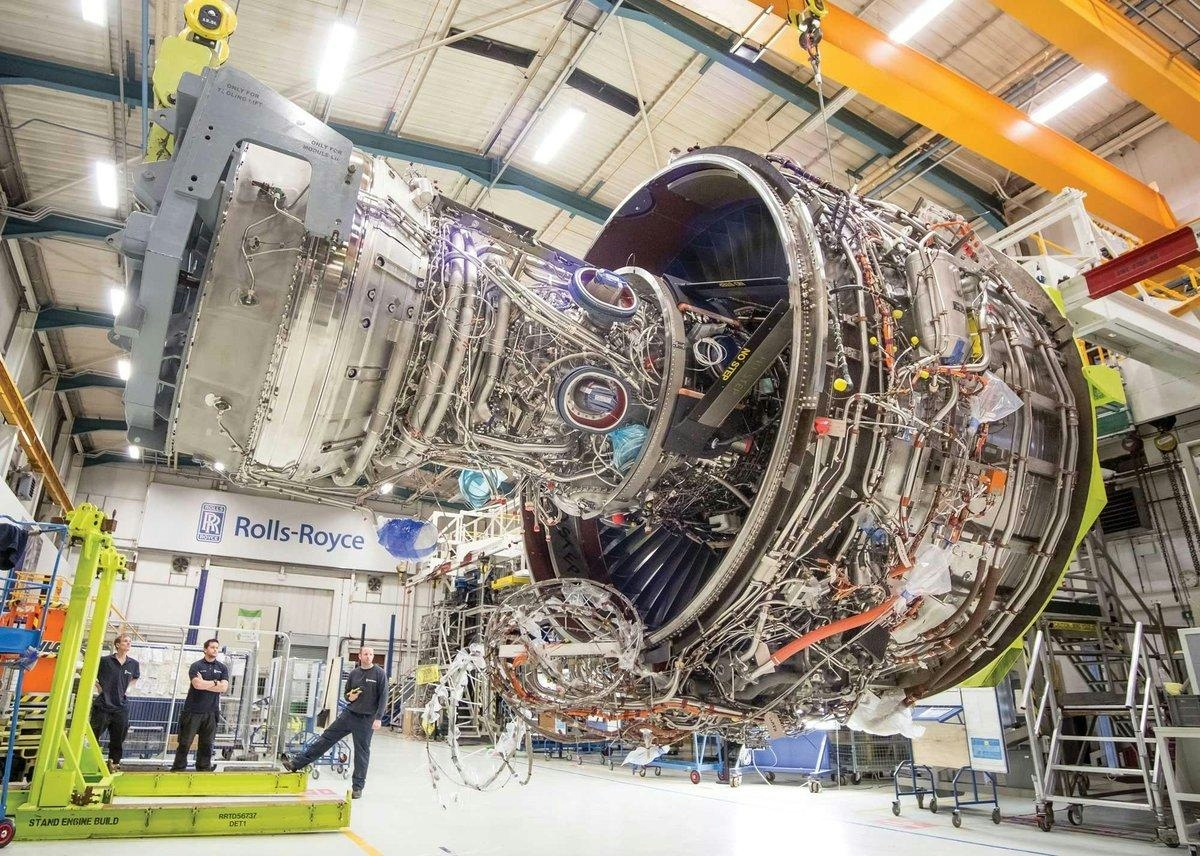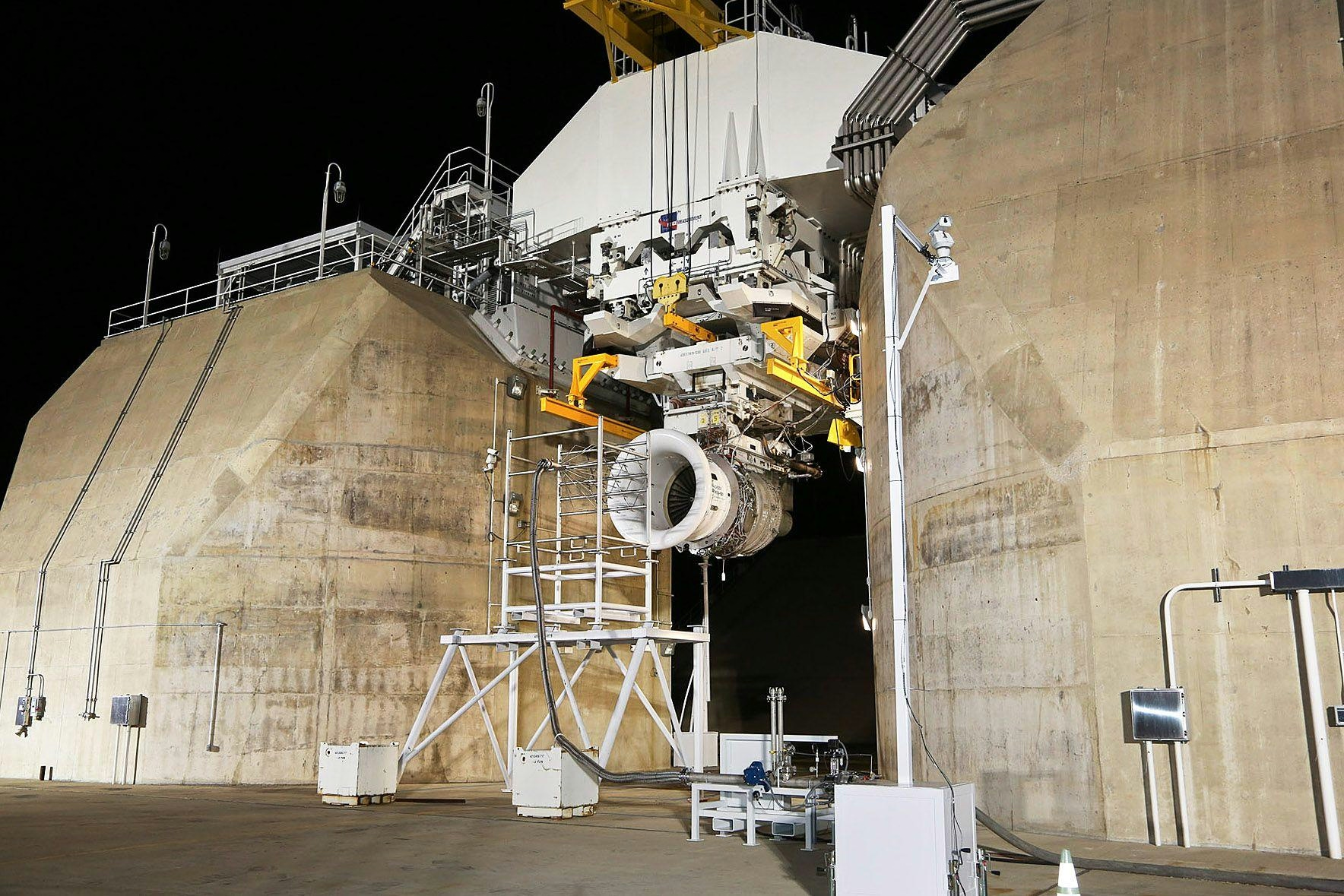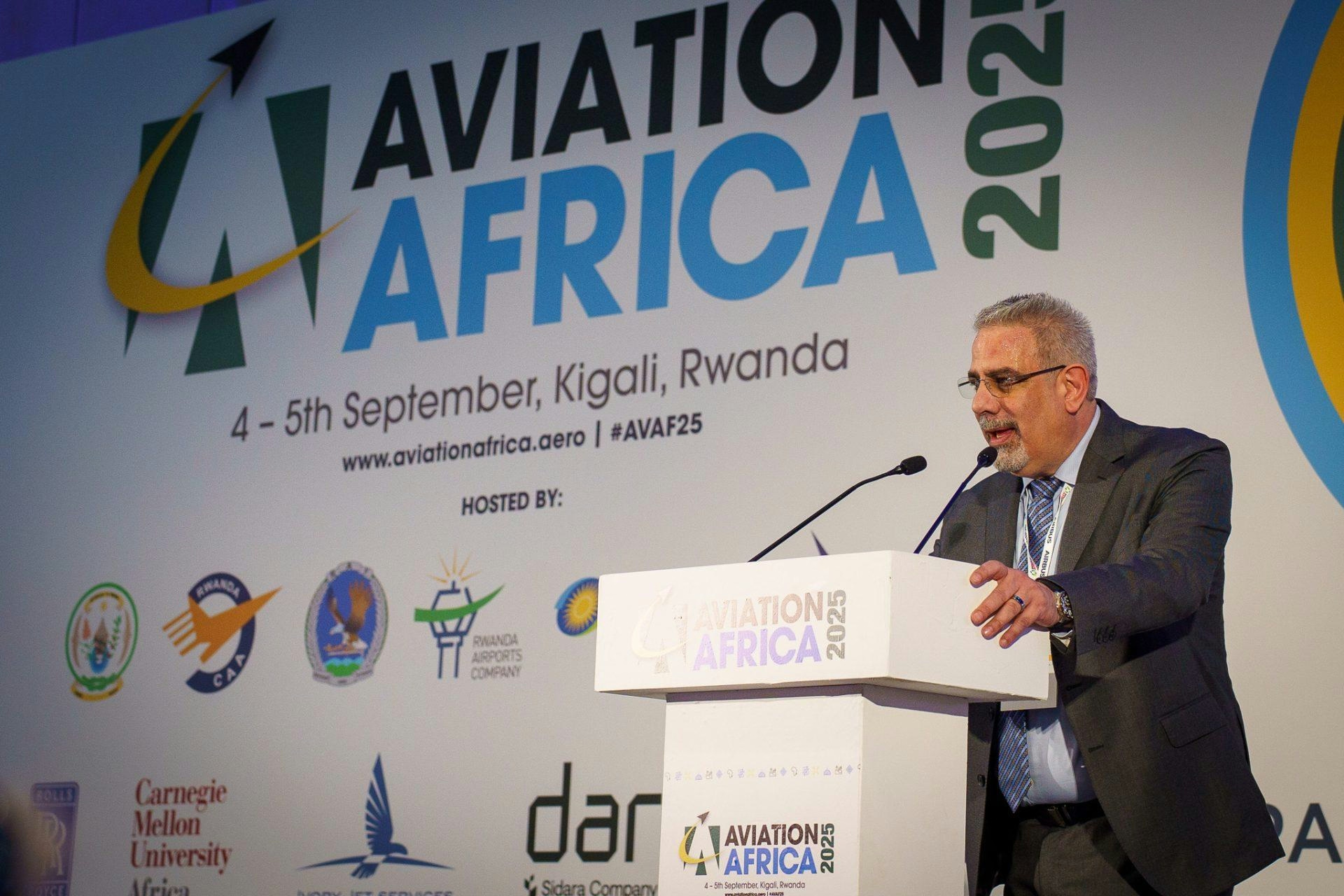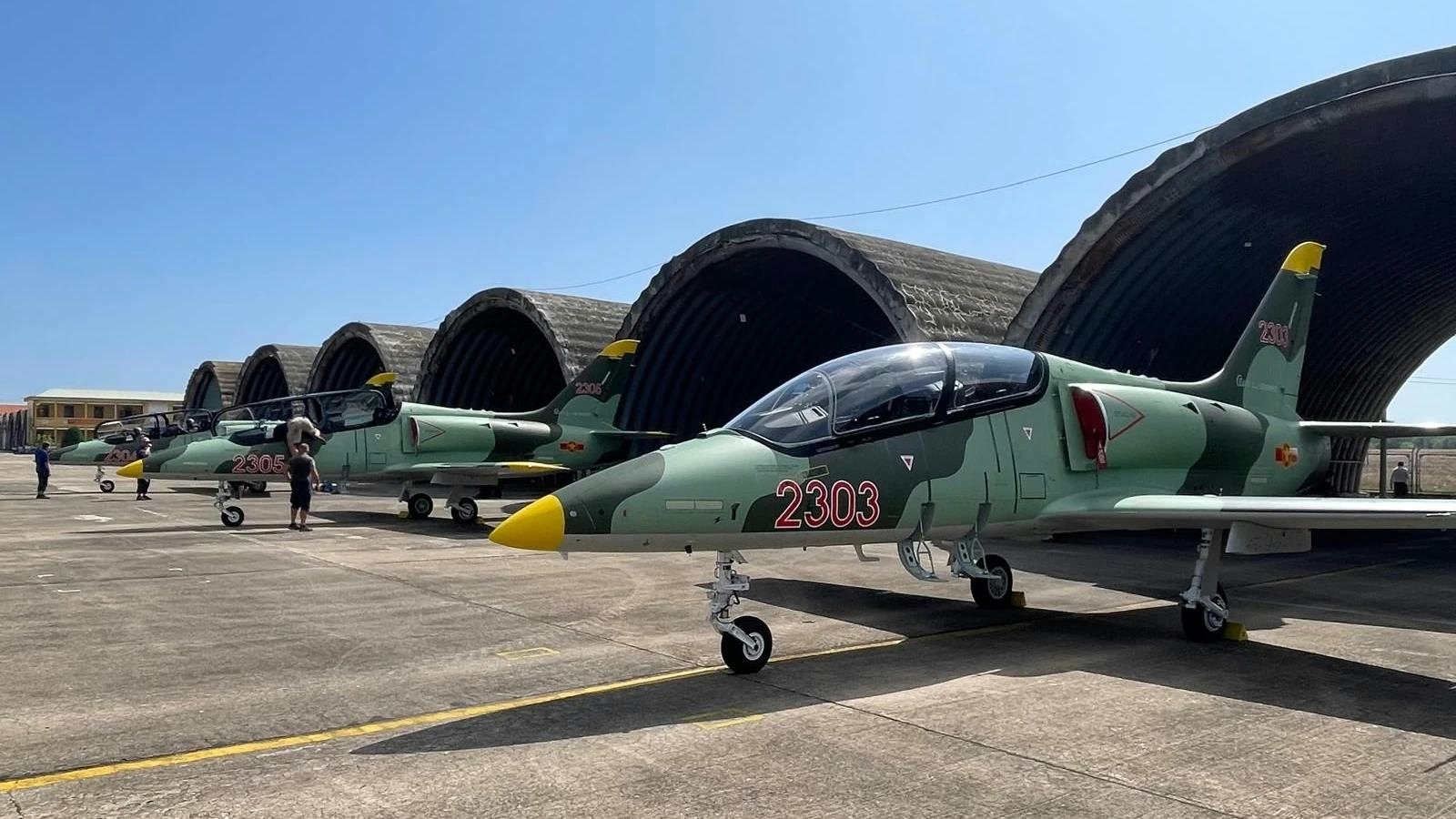
AeroGenie — Your Intelligent Copilot.
Trending
Categories
Overview of the Trent 1000 XE Engine Technology

Overview of the Trent 1000 XE Engine Technology
The Trent 1000 XE represents a significant milestone in Rolls-Royce’s engine innovation, highlighted by the recent certification of a series of enhancements, most notably a newly engineered High Pressure Turbine (HPT) blade designed to extend durability. This redesigned HPT blade incorporates comprehensive modifications to both the blade structure and its cooling system, achieving a 40% increase in cooling flow. Consequently, blade temperatures are substantially lowered, enabling the engine to sustain operational periods up to three times longer than its predecessor, the Trent 1000 TEN.
Technological Advancements and Operational Impact
These improvements form part of a broader development strategy, with additional hot-section upgrades currently underway and anticipated to be introduced by 2026. The Trent 1000 XE has been designated as the standard production engine for all forthcoming Boeing 787 Dreamliner deliveries. Rolls-Royce is also actively upgrading existing Trent 1000 TEN engines to this new standard, aiming to enhance the operational experience for 787 operators worldwide.
Building upon the established architecture and proven technologies of earlier Trent models, the Trent 1000 XE is specifically optimized for the Boeing 787 Dreamliner family. The engine plays a crucial role in the 787’s reputation for efficiency, offering up to 25% better fuel economy compared to the Boeing 767 it replaces. Its three-shaft architecture supports the 787’s all-electric, bleed-less system, contributing to a more stable operating cycle and improved reliability.
Key Features and Performance Attributes
The Trent 1000 XE boasts a bypass ratio of 10:1, the highest among Trent engines, which enhances fuel efficiency while reducing noise emissions. Its 2.8-meter diameter fan generates over 85% of the engine’s thrust and features a low hub-to-tip ratio designed to maximize airflow and improve protection against foreign object damage (FOD). The engine also incorporates a Heated Engine Section Stator (ESS) that provides advanced ice protection, mitigating operational challenges in cold or high-moisture environments.
An adaptive high-pressure cooling system further reduces fuel consumption and helps maintain performance over time. Additionally, the engine’s intermediate-pressure (IP) power offtake efficiently drives the aircraft’s electrical systems, supporting the 787’s all-electric architecture by extracting up to 500 kW of power from each engine without relying on bleed air.
Since its introduction in 2011, the Trent 1000 family has achieved an impressive 99.9% dispatch reliability rate, with ongoing improvements in fuel efficiency, capability, and durability. The new XE variant reinforces Rolls-Royce’s commitment to delivering enhanced value to its customers.
Market Reception and Industry Implications
Despite the clear benefits, the Trent 1000 XE’s advanced durability features and complex systems necessitate specialized aftermarket support, presenting implementation challenges for operators and maintenance providers. Nevertheless, the market response has been overwhelmingly positive. Rolls-Royce’s stock has reached record levels, and the company has reported a significant increase in underlying operating profit, reflecting strong customer confidence in the new technology.
Competitors, particularly GE Aerospace, are closely observing these developments and are expected to accelerate their own next-generation engine programs to remain competitive. Rolls-Royce’s advancements are widely regarded as pivotal for the future of commercial aviation, especially as Boeing contemplates its next clean-sheet aircraft design.
With the Trent 1000 XE, Rolls-Royce is not only enhancing the performance and reliability of the Boeing 787 fleet but also establishing new benchmarks in engine technology that will influence the next generation of aircraft development.

Do Chickens Get Thrown Into Aircraft Engines?

IATA Identifies Africa as the Most Expensive Region for Airline Operations

From Acquisition to Growth

UAE Airports Adopt AI to Manage Rising Passenger Traffic

Spain’s Leading Airlines and Hotels Use Google Flights AI to Enhance Holiday Offers

Vietnam Grounds 28 Aircraft Amid Global Engine Shortage

United Airlines Flight Returns to Dulles After Engine Failure on Takeoff

United Airlines flight makes emergency landing at Dulles after engine failure

The Impact of the New Air Force One’s Delayed 2028 Arrival on Aviation and Travel
